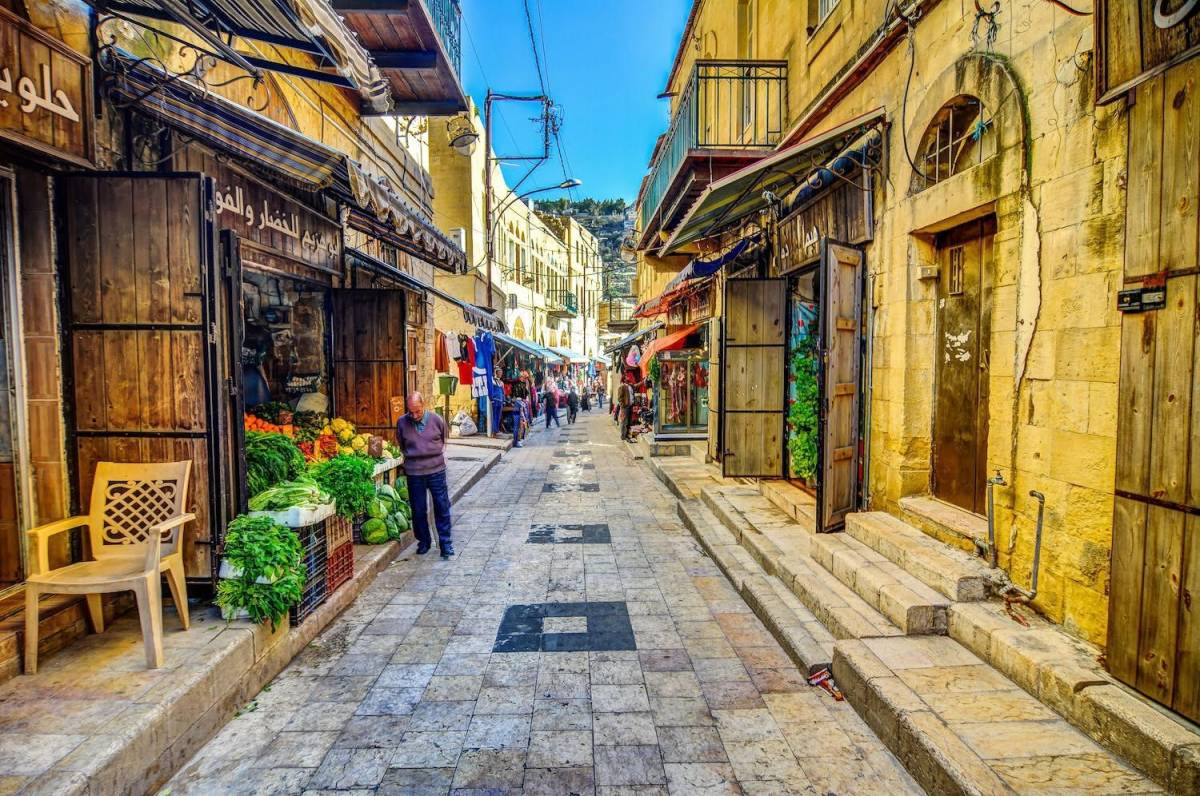UAE and GCC tourists can now experience Jordan’s UNESCO heritage sites like never before
From Petra to Wadi Rum, seven UNESCO sites offer rich cultural, historical, and natural experiences

DUBAI: Jordan is inviting travellers from the UAE and GCC to embark on an enriching exploration of its seven UNESCO World Heritage Sites.
From ancient cities and breathtaking desert landscapes to historic trade routes and spiritual landmarks, these sites capture the essence of Jordan’s rich history and cultural legacy.
With direct flights from major GCC cities, these remarkable destinations are easily accessible, making them ideal for short-haul trips or weekend getaways.
Dr. Abdelrazzak Arabiyat, Managing Director of the Jordan Tourism Board, emphasised the significance of these locations, stating, “Our seven UNESCO World Heritage Sites are a powerful testament to the diverse civilizational influences that shaped Jordan over hundreds of thousands of years. Each of these sites offers something unique, transporting visitors to the marvels of the past while showcasing the wonders of nature and architecture.”
Petra and Wadi Rum
One of the world’s most iconic archaeological sites, Petra, stands as a breathtaking monument to the ingenuity of the Nabateans. Known as the "Rose-Red City" due to its stunning sandstone cliffs, Petra was a vital trade hub connecting Arabia, Egypt, and the Mediterranean. The city’s intricate rock-carved structures, including the famous Al-Khazneh (The Treasury), continue to captivate visitors, offering an unforgettable journey into history.
Further south, the Wadi Rum Protected Area (WRPA) sprawls across 74,200 hectares of dramatic desert landscapes. Its towering sandstone mountains, narrow canyons, and ancient petroglyphs have earned it the nickname "The Valley of the Moon." The area is known for its surreal, almost otherworldly beauty, having served as the backdrop for numerous films, including Lawrence of Arabia and The Martian. The desert’s rich history, dating back to prehistoric times, adds another layer to its timeless allure.
As-Salt and Quseir Amra
Nestled in the Balqa highlands, As-Salt offers a glimpse into Jordan’s vibrant past. The city flourished as a trade centre, connecting the region with Syria, Lebanon, and Palestine during the Ottoman era. Its architecture, featuring grand yellow limestone buildings, reflects the blend of European and Middle Eastern influences that shaped its development. Today, As-Salt’s lively souks, historic residences, and cultural landmarks make it a fascinating destination for visitors eager to explore Jordan’s urban heritage.

Quseir Amra, an early 8th-century Umayyad desert castle, stands as one of the best-preserved examples of Islamic art and architecture from that period. Built as both a fortress and a royal retreat, its interiors are adorned with extraordinary frescoes depicting celestial scenes, hunting expeditions, and daily life in the early Islamic era. These paintings provide valuable insights into the artistic traditions of the time, making Quseir Amra a must-visit for history and art enthusiasts.
Um Er-Rasas and Umm Al-Jimal
For those with a passion for archaeology, Um Er-Rasas offers a fascinating journey through Jordan’s layered history. Originally a Roman military camp, the site evolved into a thriving settlement during the Byzantine and early Islamic periods. Among its most notable features are the well-preserved mosaic floors of its 16 churches, which depict intricate religious and geometric motifs. Despite ongoing excavations, much of the site remains buried, holding secrets waiting to be uncovered.
The ancient basalt city of Umm Al-Jimal, located in Jordan’s northern plains, tells a story of resilience and adaptation across civilizations. Dating back nearly 2,000 years, the city was shaped by Nabataean, Roman, Byzantine, and Umayyad influences. Over 150 well-preserved stone structures stand as a testament to its historical significance, offering visitors a unique opportunity to walk through the ruins of homes, churches, and water systems that once supported a thriving desert community.
The Baptism Site
For spiritual travellers, the Baptism Site, also known as Bethany Beyond the Jordan, holds profound historical and religious significance. Situated along the eastern banks of the Jordan River, this sacred location is believed to be where John the Baptist baptised Jesus Christ. The site features the remains of ancient churches, chapels, and baptismal pools used by early Christian pilgrims. Today, it continues to draw visitors from around the world, offering a deeply moving experience for those seeking to connect with history and faith.
Dr. Arabiyat highlighted the seamless blend of heritage and modernity that makes Jordan an attractive destination for GCC visitors. “Each of these sites offers an immersive experience, complemented by world-class hospitality, expert-guided tours, and a variety of accommodation options, from luxury hotels to desert camps,” he said.
With its rich history, diverse landscapes, and ease of accessibility, Jordan’s UNESCO World Heritage Sites provide UAE and GCC travellers with the perfect combination of adventure, culture, and relaxation—just a short flight away.